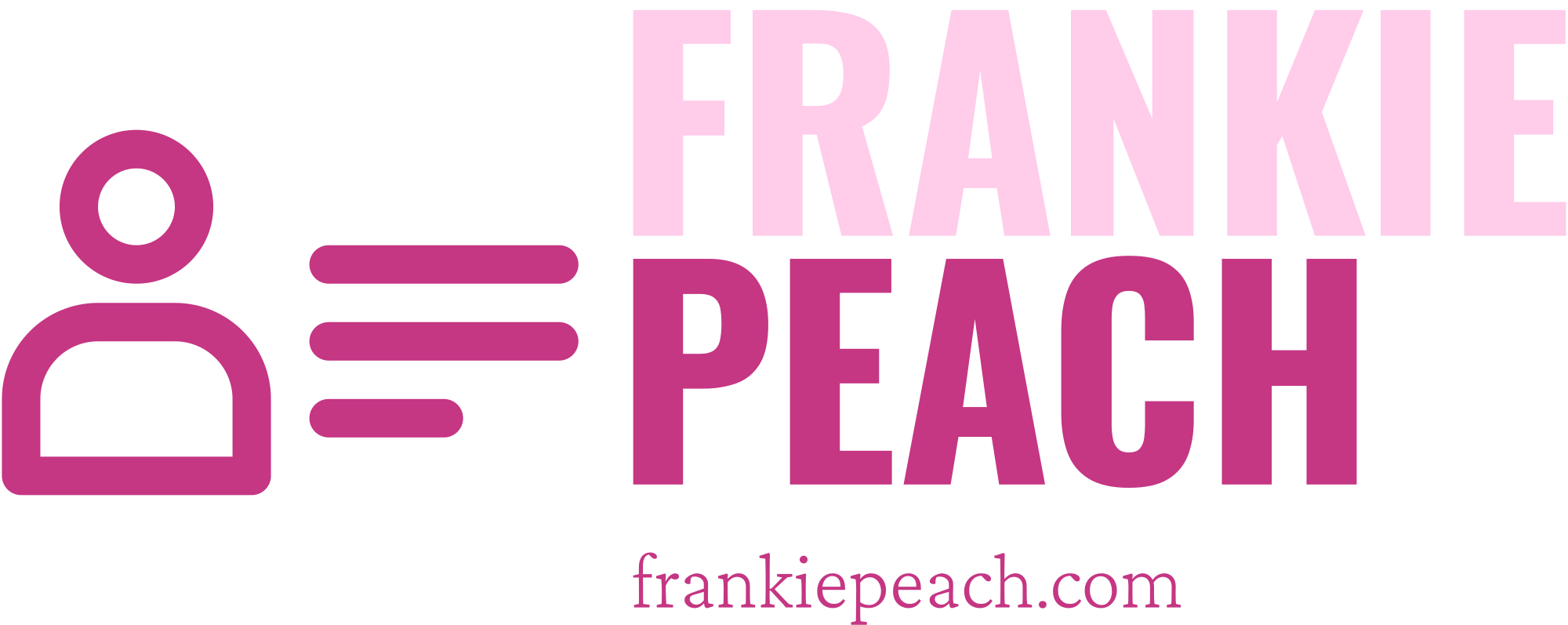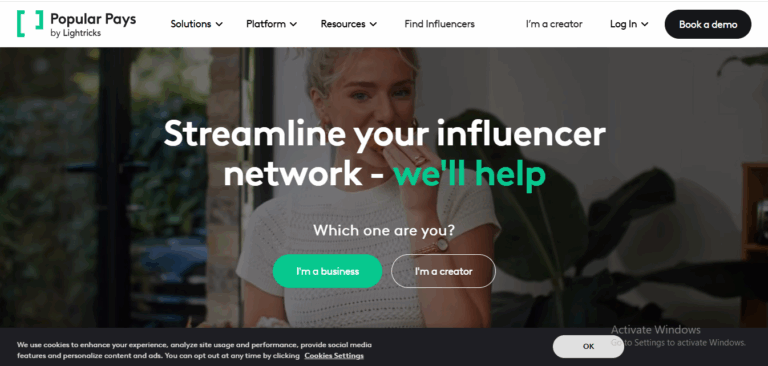Alright, folks, we’re diving into the world of influencer marketing! In 2025, brands and influencers are on the hunt for platforms to help them collaborate, connect, and create that perfect brand magic. If you’ve been thinking about switching up your game or are just exploring your options, I’ve got you covered. I’m ranking 29 influencer platforms, telling you what I loved, what I didn’t, and helping you decide which one suits your vibe. So, let’s get into it!
1. Mavrck
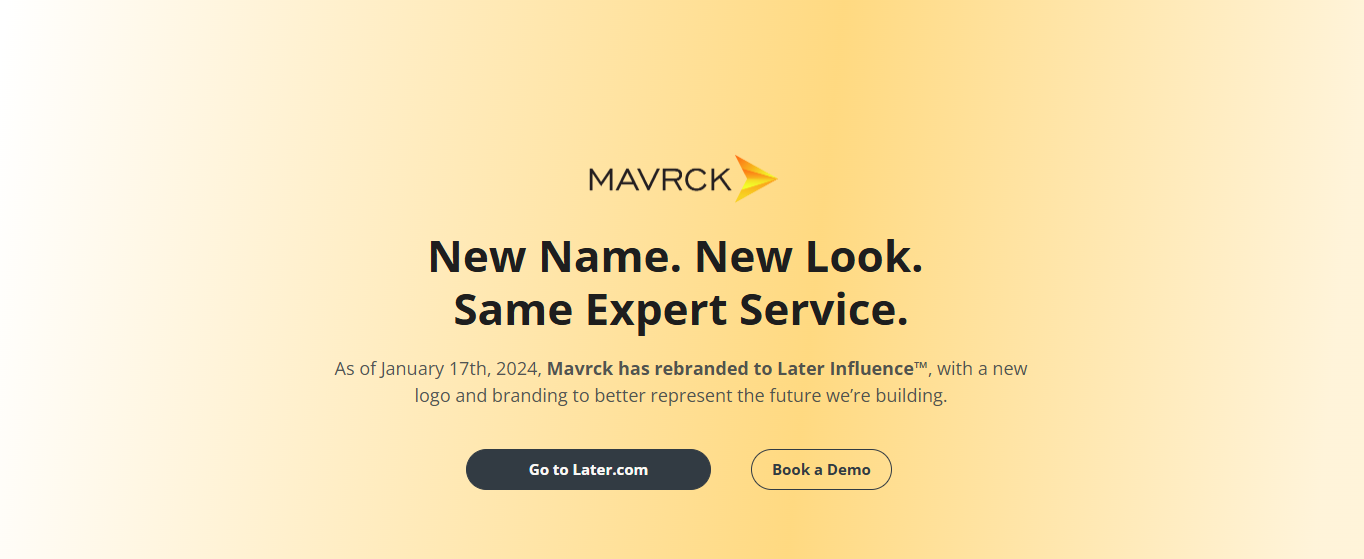
Mavrck is the big dog in the influencer marketing world, and for a good reason. It’s like the Swiss army knife of influencer platforms—versatile and packed with features. The dashboard is sleek, making it easy to search for influencers, run campaigns, and track performance.
What I liked:
- Big network: Mavrck has a massive pool of influencers, so you’re not stuck with a limited selection.
- Campaign management tools: From micro-influencers to celebrities, the platform helps you manage different types of campaigns.
- Automation: They really make influencer management easy with automated workflows.
What I didn’t like:
- Pricing: It’s on the pricier side, especially if you’re a small biz trying to break in.
- Learning curve: With all the features it packs, it can take a little while to get used to the platform.
Pricing: If you’ve got the budget, Mavrck is worth it, but be prepared to pay for its premium features. It’s definitely a platform for established brands.
2. The Influencer Room
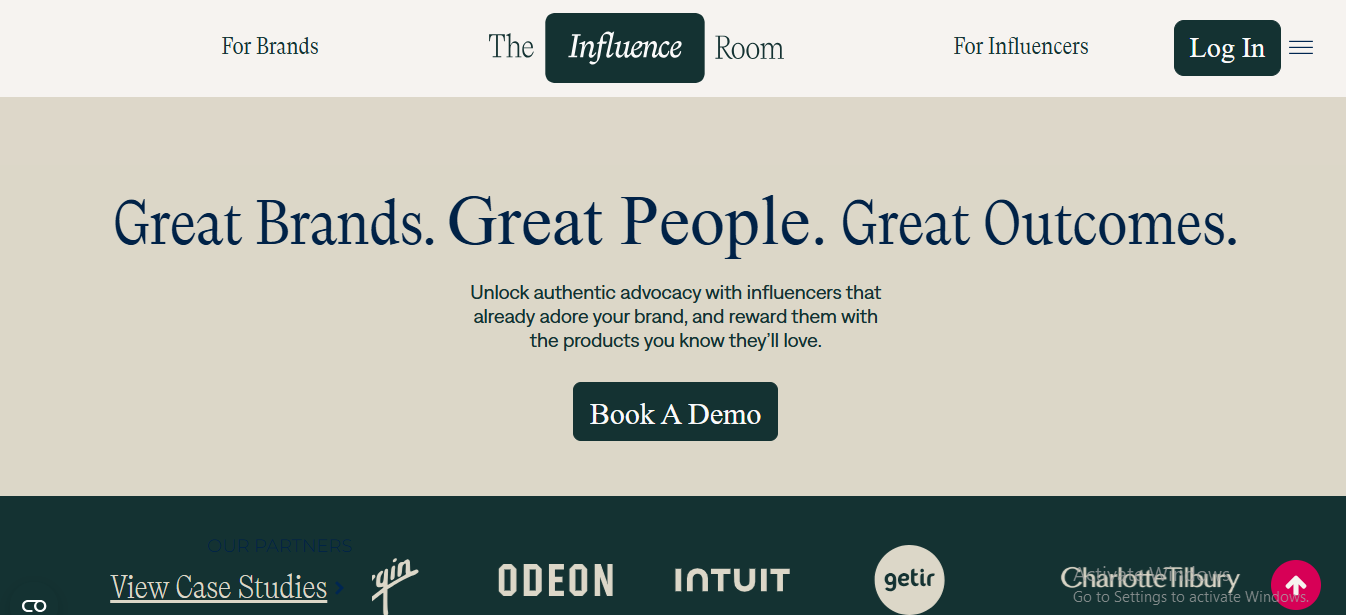
The Influencer Room is all about creating strong, personal connections between brands and influencers. It’s a smaller platform but with a focus on quality over quantity, and that’s something I really vibe with.
What I liked:
- Personal approach: You get that boutique feel, where the team helps tailor campaigns to your needs.
- Brand safety: They prioritize making sure the right influencers are representing your brand.
What I didn’t like:
- Limited reach: Since it’s smaller, you don’t have the same massive network that other platforms offer.
- Pricey for startups: It can be a bit of a stretch for newer brands trying to get a foot in the door.
Pricing: Definitely geared towards medium-to-large companies. Expect some negotiation but know you’re paying for quality.
3. Grin
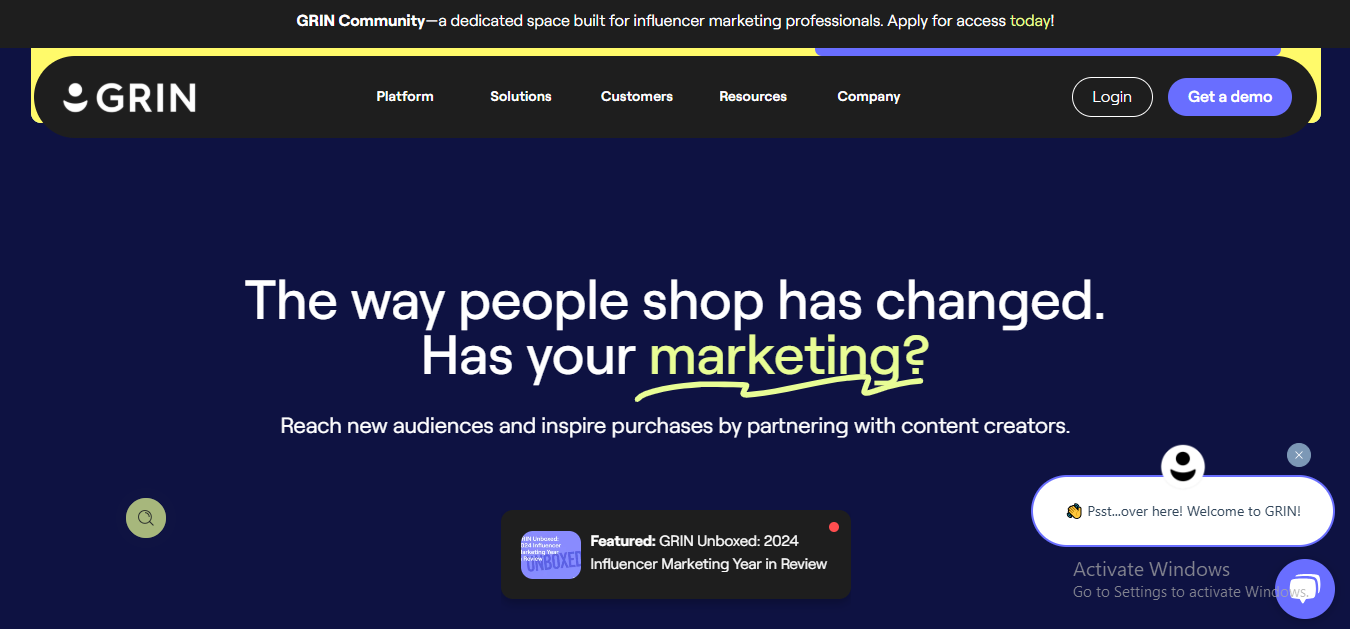
Grin is another heavy hitter in influencer marketing and a personal favorite. It’s got a ton of integrations and analytics features, making it ideal for those who love data-driven decisions.
What I liked:
- E-commerce integration: If you’re an e-commerce brand, Grin has got your back with integrations for Shopify, WooCommerce, etc.
- In-depth analytics: Love me some data, and Grin delivers with detailed insights to track ROI.
- Great influencer discovery tools: You can search by niche, engagement, and even audience demographics.
What I didn’t like:
- The UI could be cleaner: While the features are awesome, the design isn’t the most intuitive.
- Expensive for smaller businesses: It’s not the most affordable option out there.
Pricing: If you’re doing high-volume influencer campaigns and can afford it, Grin is fantastic. But if you’re a small business or just starting out, it might be a tough fit.
4. Influencity
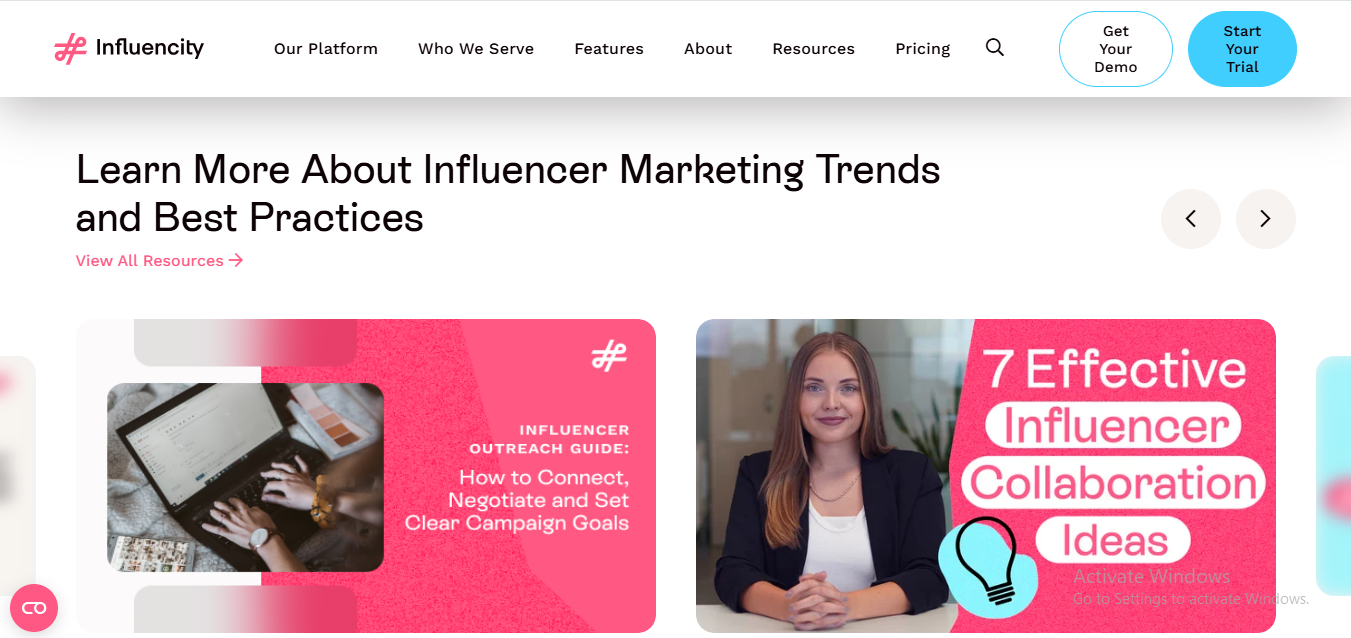
Influencity is like your go-to app for running super organized and streamlined influencer campaigns. It’s straightforward and has an easy-to-navigate platform, perfect for brands who want no-nonsense influencer marketing.
What I liked:
- Ease of use: The platform is super user-friendly, making it easy to create and manage campaigns.
- Real-time data: It offers a lot of real-time metrics so you can adjust campaigns on the fly.
What I didn’t like:
- Limited influencer network: While it’s easy to use, the selection of influencers can be a bit lacking compared to other platforms.
- No custom pricing: They have set packages, and it doesn’t feel as customizable as other options.
Pricing: Influencity’s pricing is decent for mid-range businesses, but they don’t have much flexibility in terms of packages. You get what you pay for.
5. Hashtag Paid
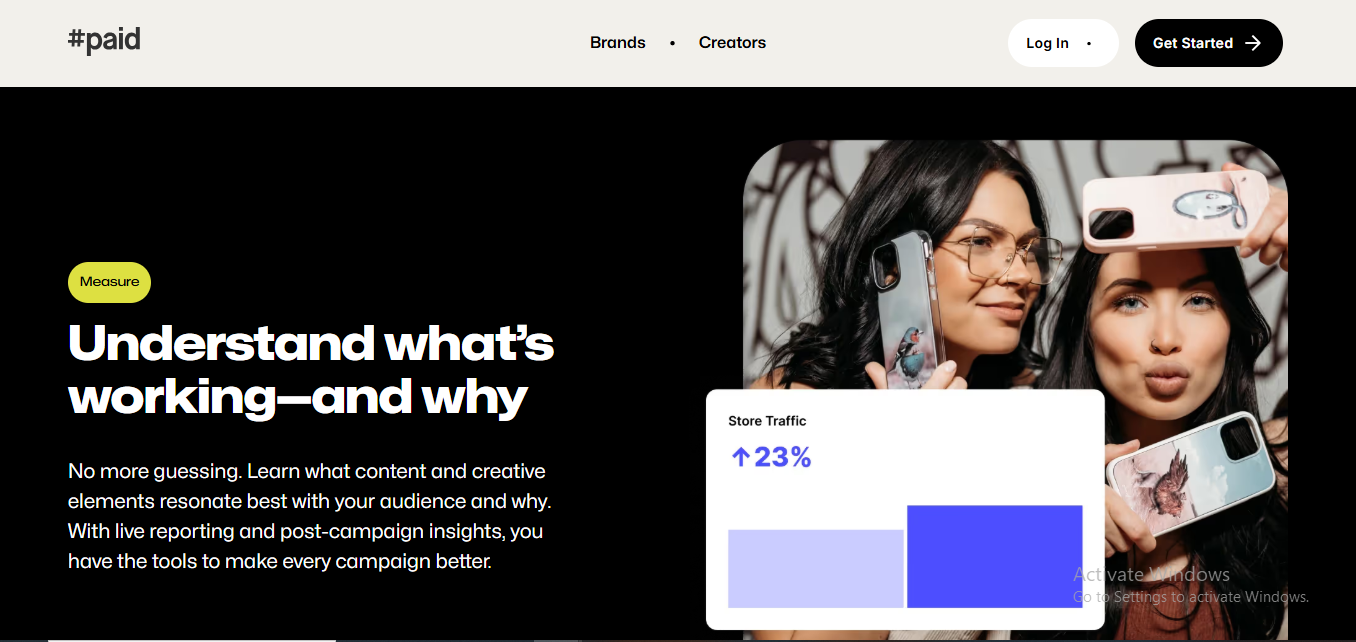
Hashtag Paid brings influencers and brands together in a snap! This platform is great for those who want to keep things light and easy but still want real results.
What I liked:
- Fast setup: The sign-up process is quick, and you can be running campaigns within a few hours.
- Creative collaboration: Hashtag Paid emphasizes creativity, so influencers get more freedom in their campaigns.
What I didn’t like:
- Limited influencer pool: The influencer database could be bigger.
- Not as feature-rich: While it’s easy to use, it lacks some of the advanced features found in platforms like Grin.
Pricing: More affordable than the bigger platforms, which is great for startups or brands with smaller budgets.
6. Lolly
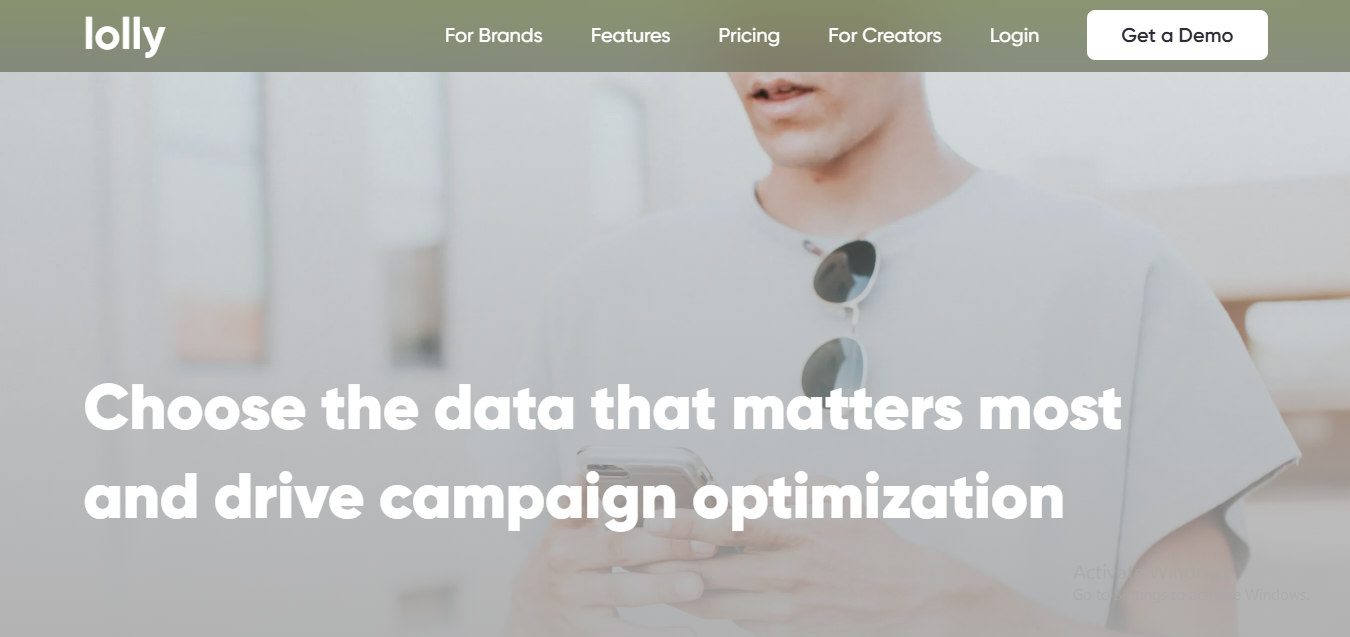
Lolly is one of the more up-and-coming platforms, offering a sleek experience for brands and influencers alike. It’s all about having fun with influencer campaigns while keeping things organized.
What I liked:
- User interface: Super clean and easy to navigate, which is always a bonus.
- Good for small businesses: It’s very accessible for brands that don’t have massive marketing budgets.
What I didn’t like:
- Basic features: The features aren’t as advanced as the larger platforms. You get the essentials but not much else.
- Smaller influencer base: Like The Influencer Room, it’s a smaller network, so your reach may be limited.
Pricing: Ideal for small businesses or influencers who are just getting started. The pricing is friendly, and it’s easy to scale with the platform.
7. The Cirqle
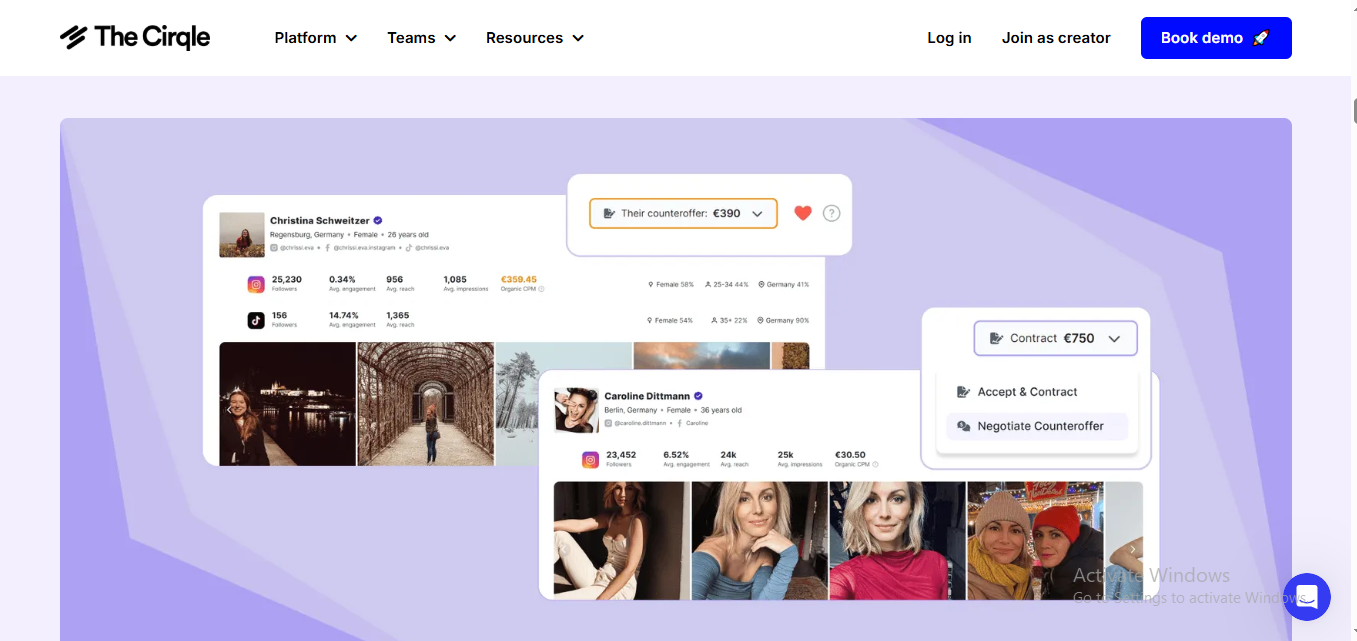
The Cirqle is a platform that promises to bridge the gap between brands and influencers by focusing on social-first campaigns. It’s a newer player, but it’s catching up fast.
What I liked:
- Content focus: The platform really focuses on creating high-quality content that resonates with audiences.
- Great for social media brands: If you’re big on Instagram or TikTok, this is where you want to be.
What I didn’t like:
- Learning curve: It can take some time to get the hang of their unique campaign management tools.
- Pricing: It feels like it’s priced for bigger brands, so smaller players might get priced out.
Pricing: More suited to medium-to-large businesses who are looking to run impactful social media campaigns.
8. Aspire
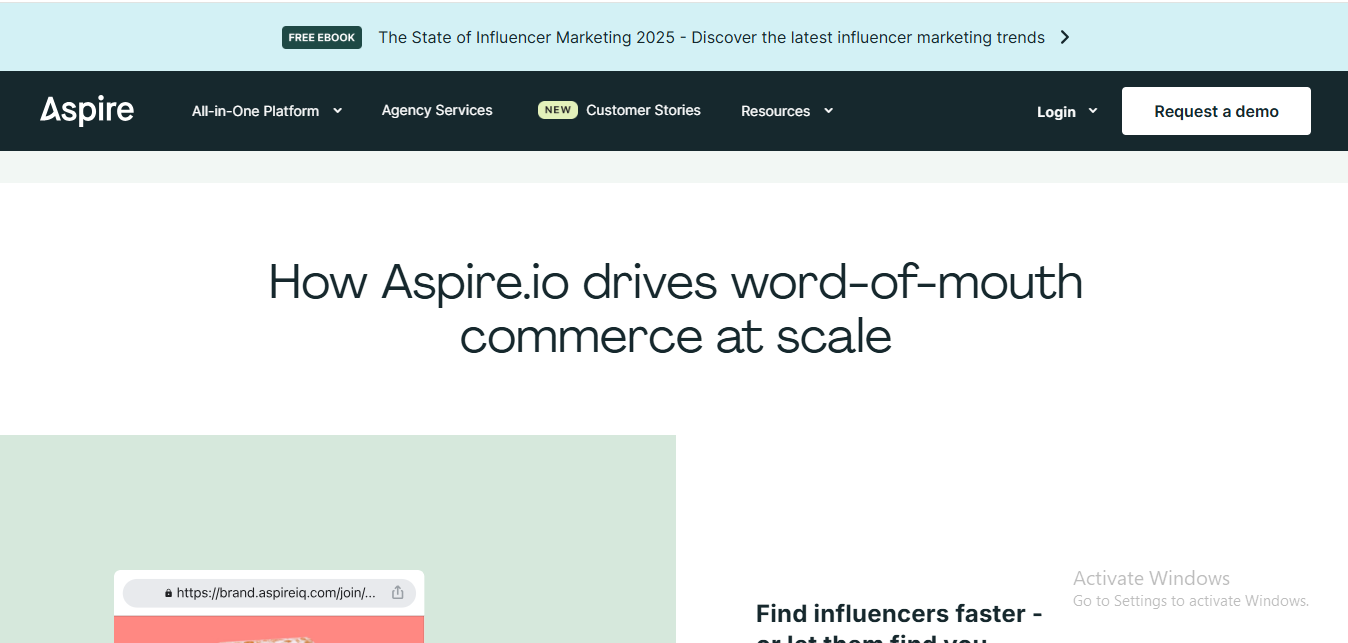
Why I Love It: Aspire is like the Swiss Army knife of influencer marketing. It’s an all-in-one platform that handles everything from influencer discovery to campaign management. The user interface is sleek, making it a breeze to navigate.
Pros:
- Comprehensive campaign management tools.
- Robust analytics and reporting features.
- Seamless integration with e-commerce platforms.
Cons:
- Pricing can be on the higher side for small businesses.
Pricing: Custom pricing based on your needs. It’s best to contact their sales team for a quote.
9. Captiv8
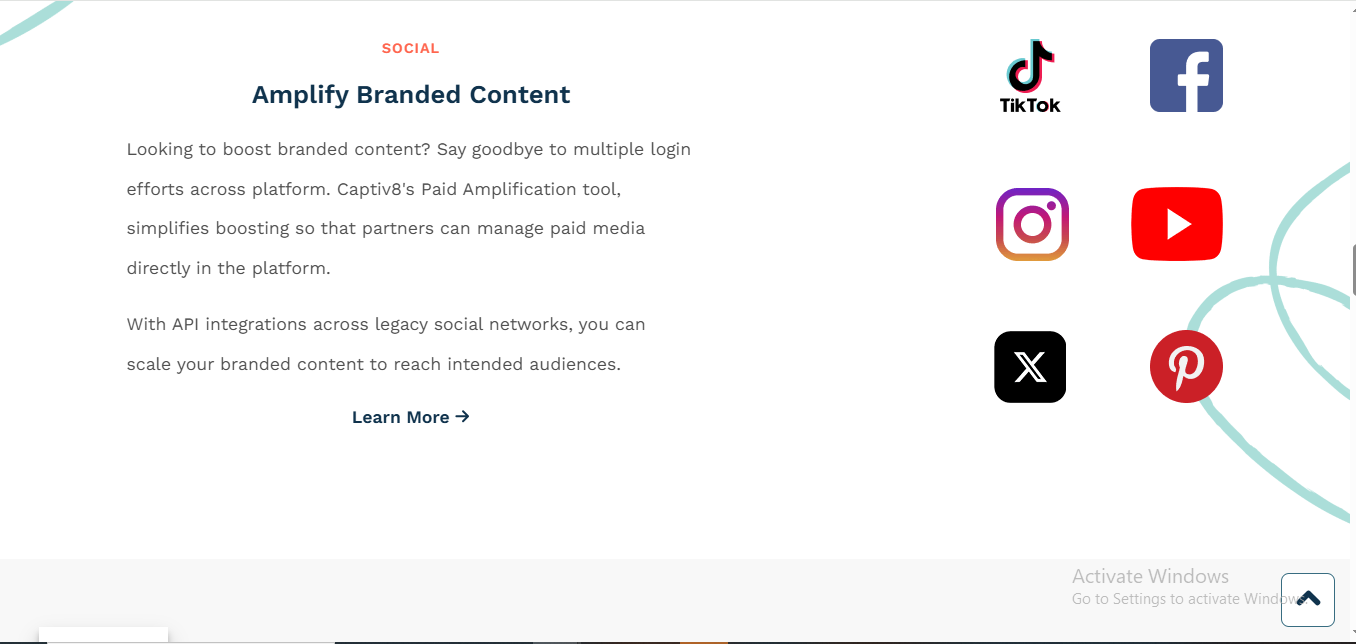
Why I Love It: Captiv8 is a powerhouse when it comes to data-driven influencer marketing. It offers deep insights into audience demographics, which is a game-changer for targeting.
Pros:
- Advanced analytics and audience insights.
- Large network of influencers across various niches.
- AI-powered recommendations for optimal campaign performance.
Cons:
- The platform can be a bit overwhelming for beginners.
Pricing: Custom pricing. Reach out to their team for detailed information.
10. TRIBE
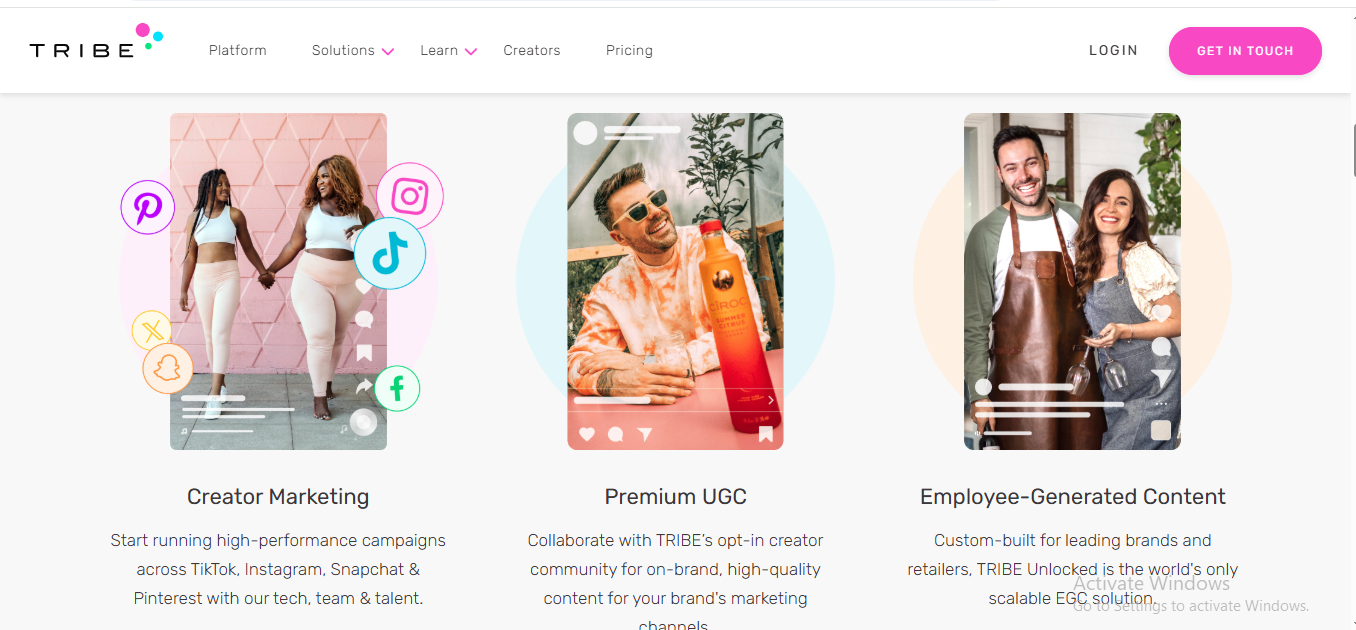
Why I Love It: TRIBE is all about authentic content. It connects brands with everyday creators, ensuring genuine endorsements that resonate with audiences.
Pros:
- Focus on user-generated content.
- Easy-to-use platform with a straightforward campaign setup.
- Access to a diverse range of micro-influencers.
Cons:
- Limited to certain regions and platforms.
Pricing: Flexible pricing options, including pay-per-campaign models.
11. Collabstr
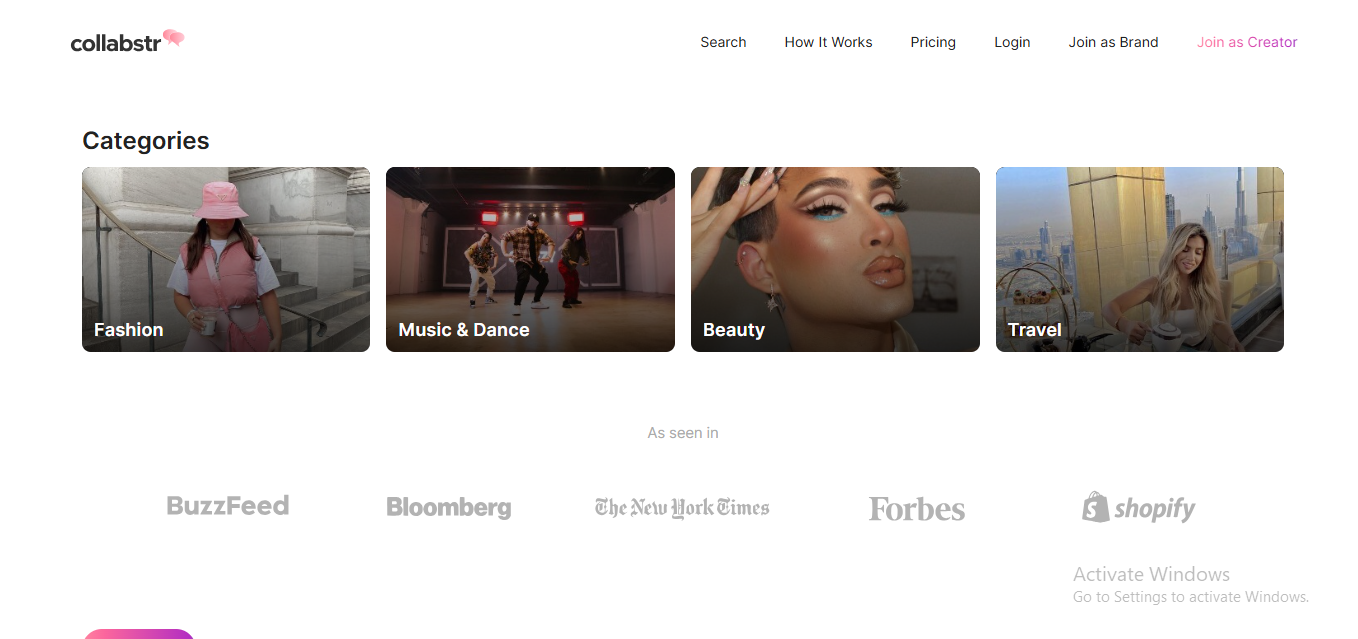
Why I Love It: Collabstr simplifies the influencer hiring process. It’s like a marketplace where you can browse and hire influencers directly, making collaborations quick and easy.
Pros:
- Transparent pricing and packages.
- Direct communication with influencers.
- Ideal for one-off campaigns.
Cons:
- Limited campaign management tools.
Pricing: Varies based on influencer rates. No subscription fees.
12. Kolsquare
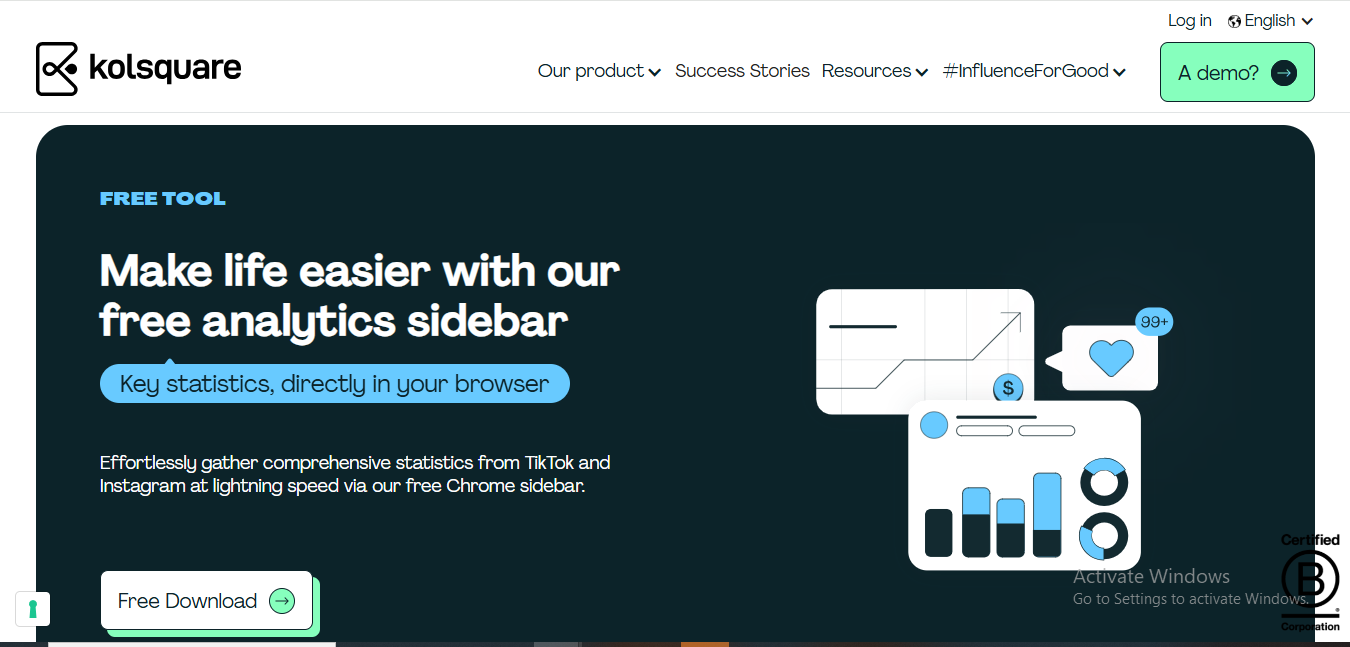
Why I Love It: Kolsquare offers a comprehensive suite for managing influencer campaigns, especially in the European market. Its emphasis on data security is a big plus.
Pros:
- GDPR-compliant platform.
- Detailed influencer analytics.
- Strong presence in the European influencer scene.
Cons:
- Interface can be a bit clunky at times.
Pricing: Custom pricing. Contact their team for more details.
13. Braze
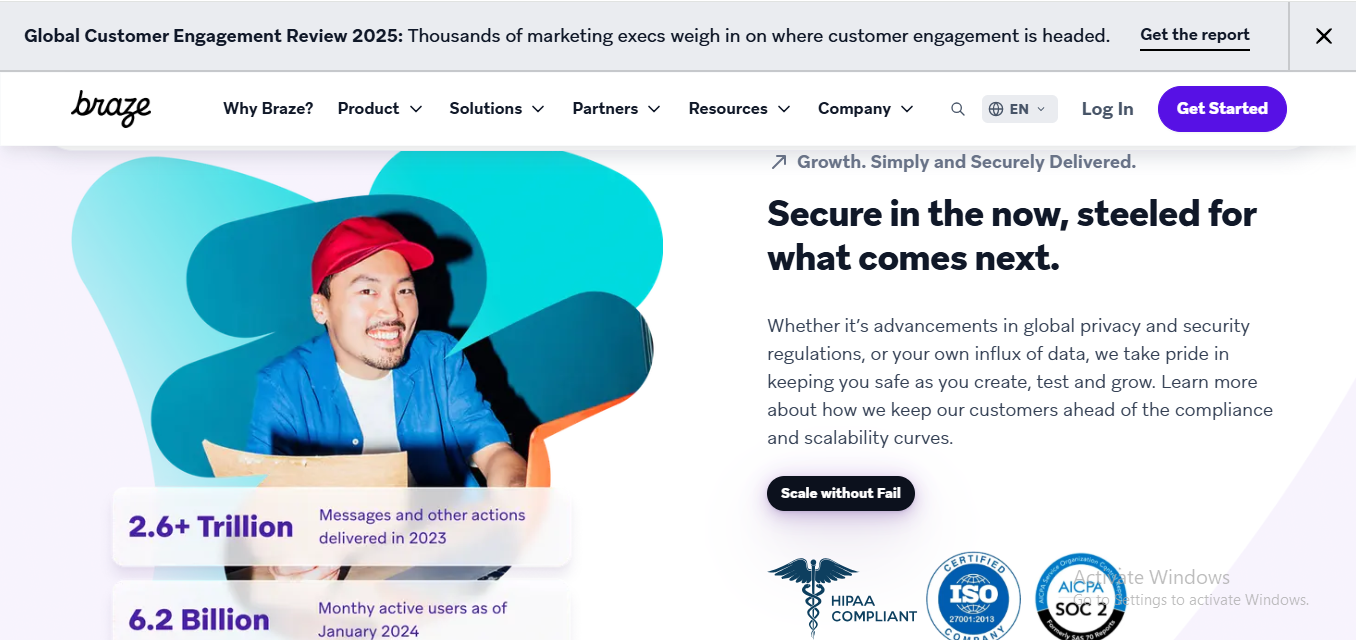
Why I Love It: While not a traditional influencer platform, Braze excels in customer engagement. It’s perfect for brands looking to integrate influencer campaigns with broader marketing strategies.
Pros:
- Advanced segmentation and targeting.
- Real-time analytics.
- Seamless integration with various marketing channels.
Cons:
- Steeper learning curve for newcomers.
Pricing: Custom pricing based on your requirements.
14. Shout Agency
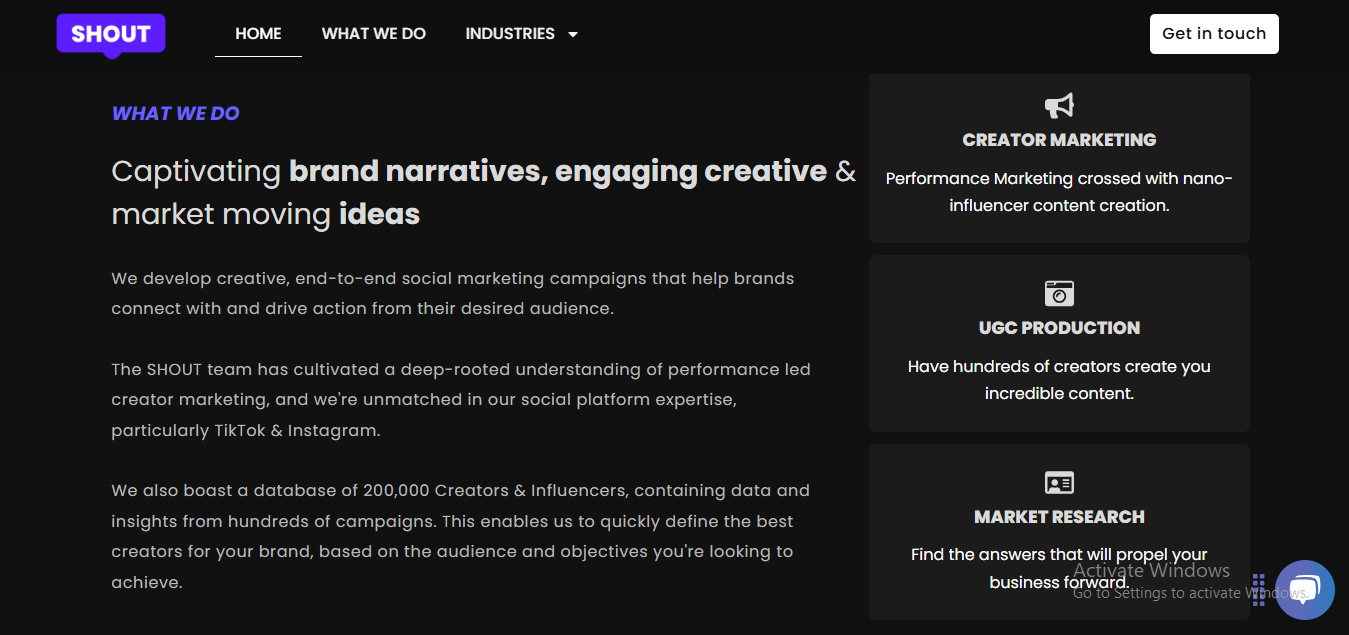
TL;DR: A full-service influencer agency that feels like your cool Aussie cousin who knows all the TikTok hacks.
What I Loved
- They actually get content trends.
- Full campaign management — from scouting to reporting.
- Great for scaling without adding internal team load.
What Gave Me the Ick
- You don’t have as much hands-on control if you’re a DIY type.
Pricing: Custom per campaign. Best for mid-to-large budgets.
15. Later
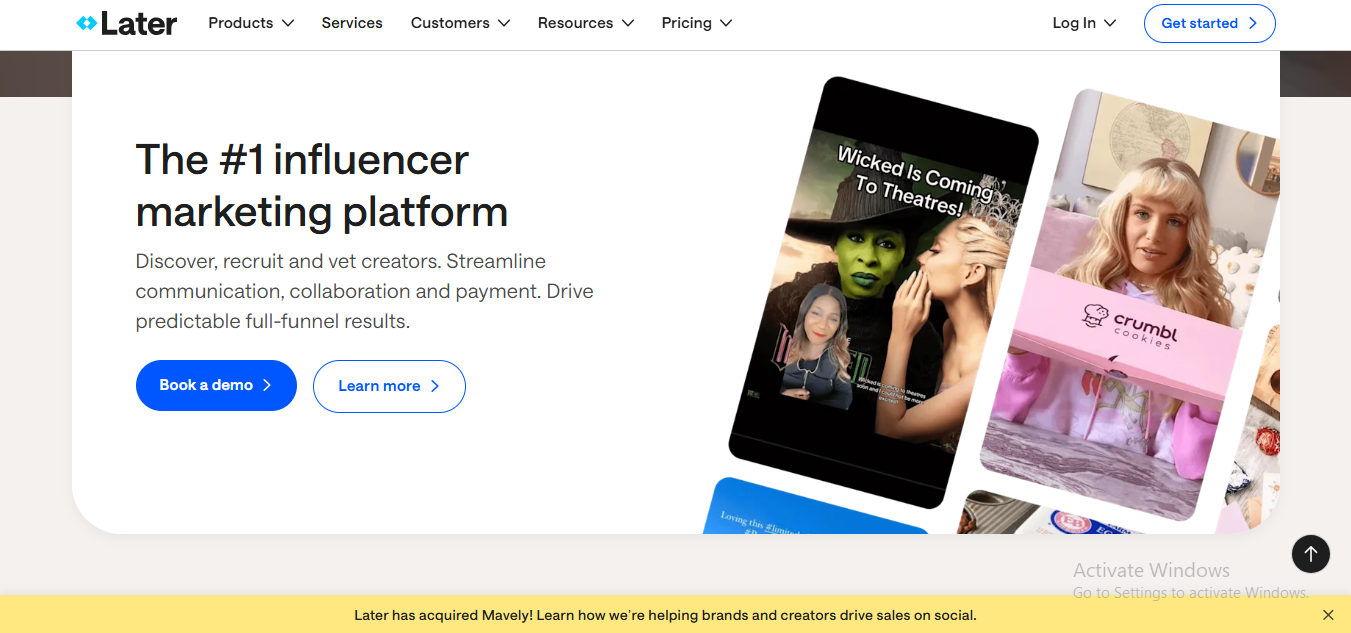
TL;DR: Originally a social media scheduler, Later now includes creator tools too. The hybrid king 👑.
What I Loved
- Super smooth content scheduling + IG feed previews.
- Influencer discovery with data-rich profiles.
- Built-in Linkin.bio tools are 🔥 for DTC brands.
What Gave Me the Ick
- The influencer toolset is still developing — not as deep as dedicated platforms.
Pricing: Starts free. Paid plans from $25/month.
16. Influencer.com
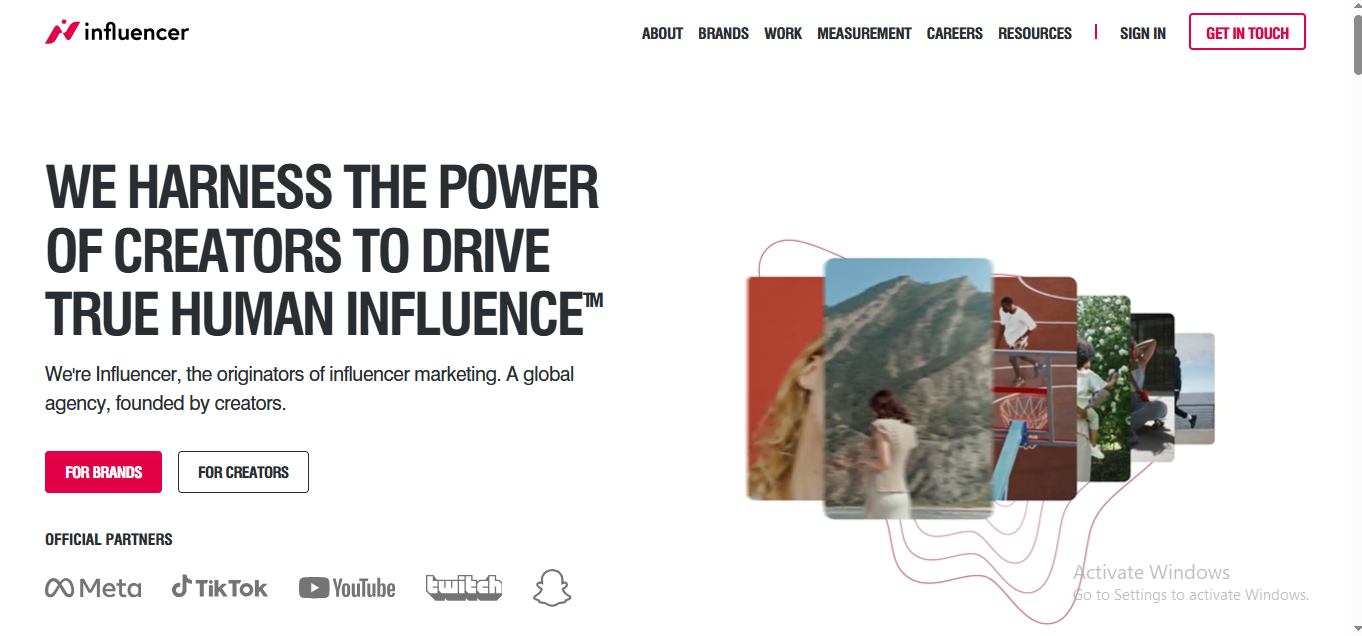
TL;DR: Boujee and polished. Think of it like the GQ of influencer platforms.
What I Loved
- Works with huge brands (like Coca-Cola-level).
- Ridiculously good support team.
- Custom content tracking and deep insights.
What Gave Me the Ick
- Not ideal for indie brands or side hustlers.
Pricing: Tailored per brand. Let’s just say — if you gotta ask, it might be pricey.
17. Influence.co
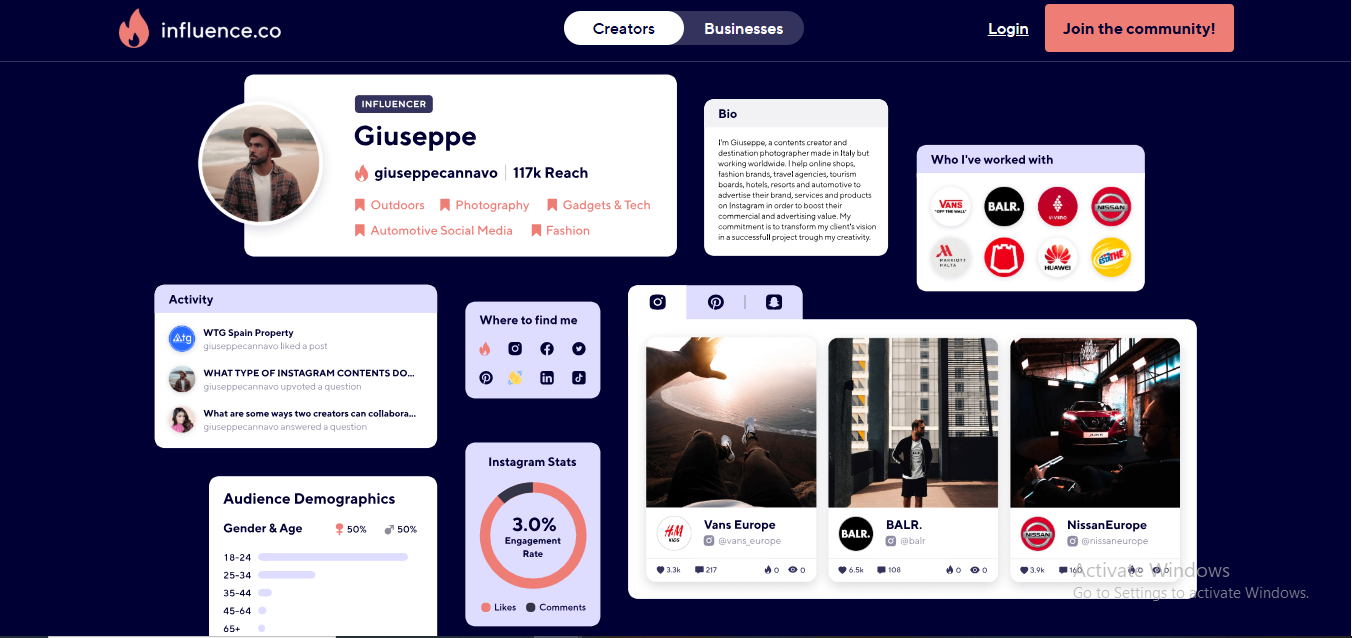
TL;DR: Part LinkedIn, part Insta for influencers. Basically a social network for creators + brands.
What I Loved
- Creator portfolios = 🔥.
- Open community feel — great for discovery.
- Affordable for newbies.
What Gave Me the Ick
- Not as advanced with analytics and campaign tracking.
Pricing: Free plan available; premium plans start low.
18. Insense
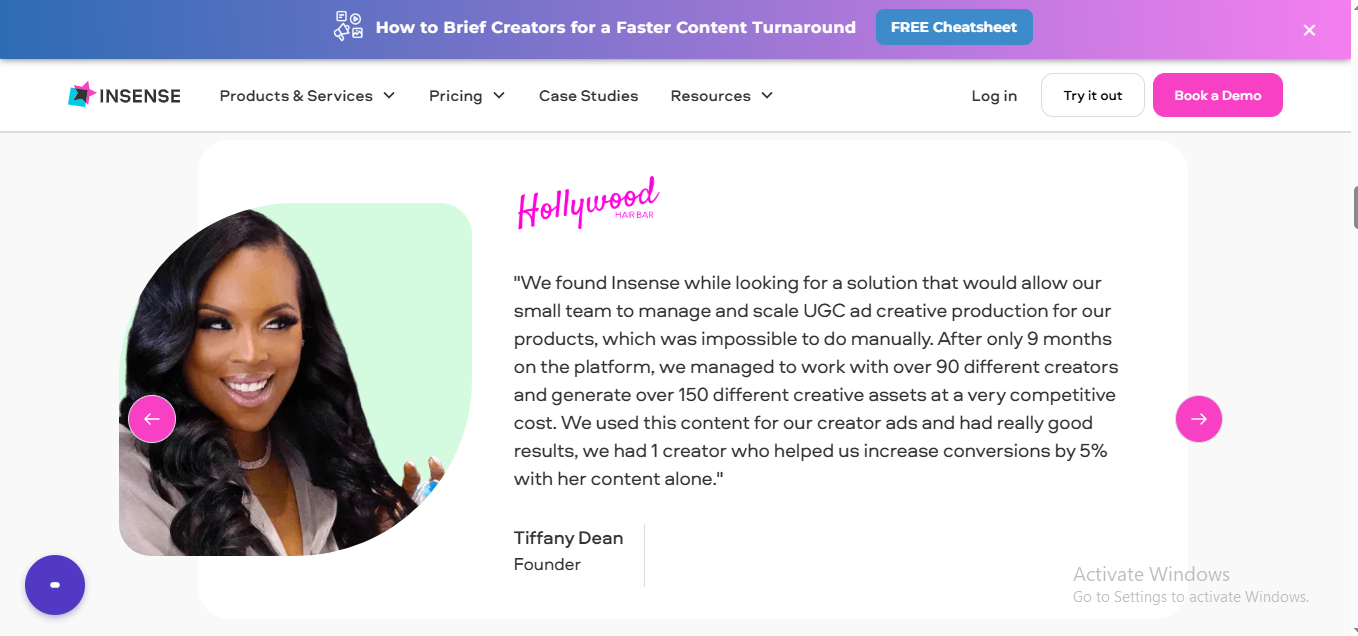
TL;DR: Insense is TikTok’s BFF. If short-form UGC is your thing, this is your jam.
What I Loved
- Plug-and-play creative briefs.
- Meta + TikTok ad integrations.
- Super mobile-friendly interface.
What Gave Me the Ick
- Doesn’t scale as well for super complex campaigns.
Pricing: Starts around $300/month. Add-on for ad licensing.
19. IZEA
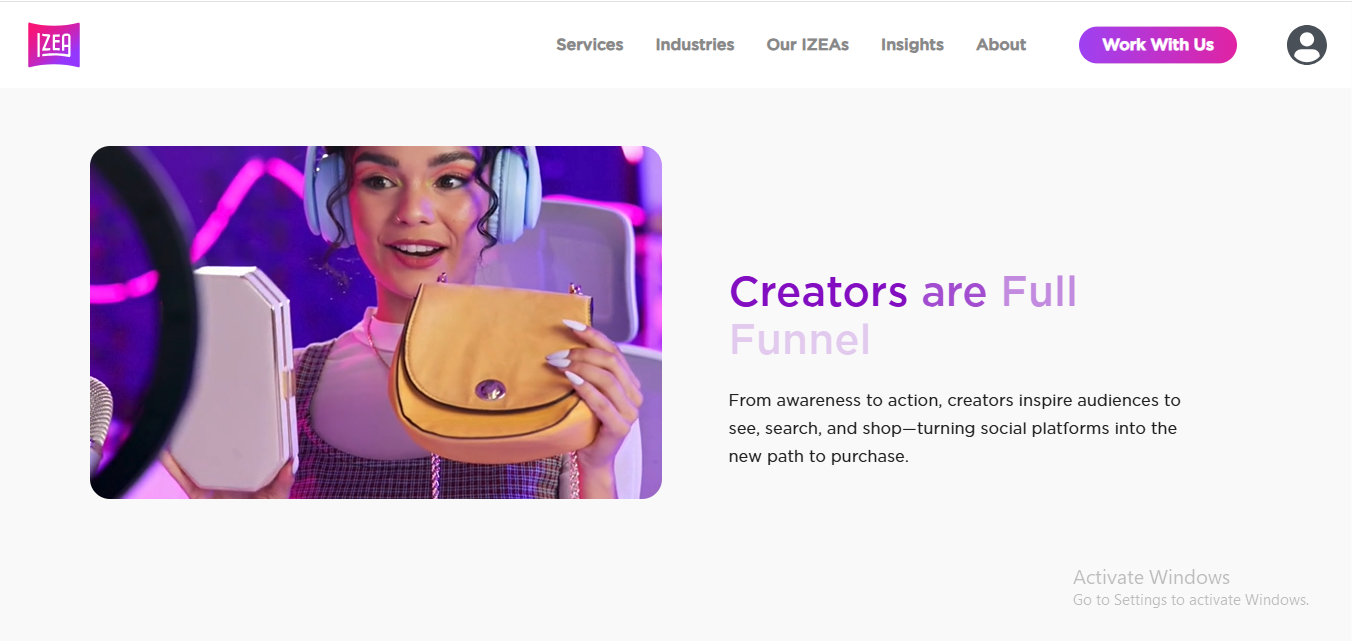
TL;DR: OG of the game. IZEA’s been doing influencer stuff since Myspace days (ok not really, but almost).
What I Loved
- Massive creator marketplace.
- Great for blog collabs and long-form content.
- Automated workflow is on point.
What Gave Me the Ick
- UI is a little early-2010s. Could use a glow-up.
Pricing: Flexible tiers depending on scale.
20. InfluencerMarketing.ai
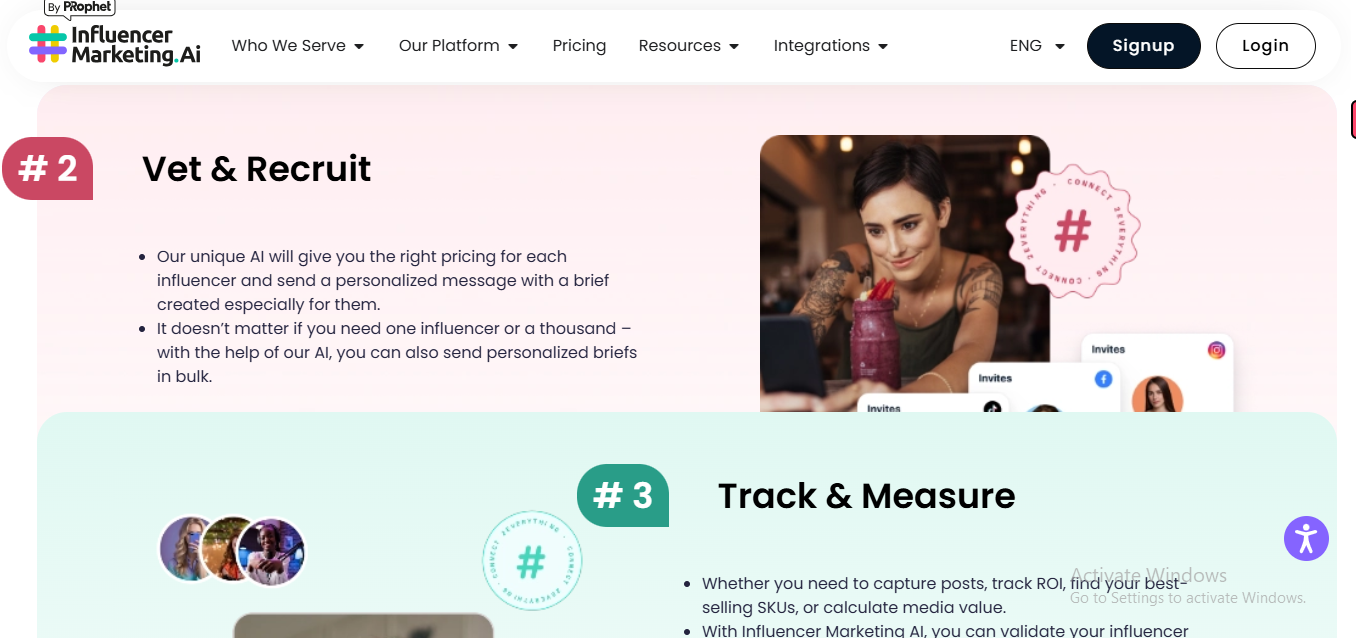
InfluencerMarketing.ai leverages AI to streamline your influencer marketing efforts. It’s great for brands looking to harness technology for efficient campaigns.
Features I Loved:
- AI-Powered Discovery: Find influencers that align with your brand.
- Campaign Management: Manage and track campaigns with ease.
- Analytics: Gain insights into campaign performance.managefeed.com
Pros:
- Efficient and time-saving.
- Data-driven approach to influencer marketing.
Cons:
- AI recommendations may require manual adjustments.
- Limited customization options.
Pricing:
Custom pricing; contact their sales team for more information.
21. Shout UGC
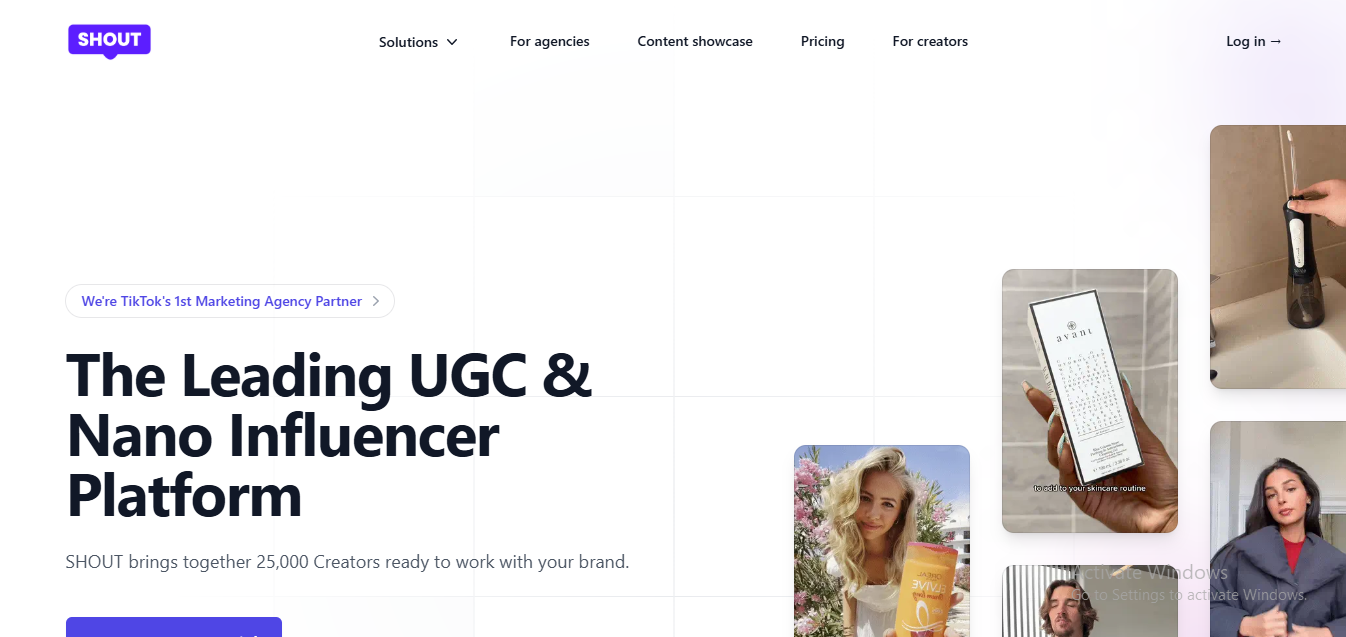
Shout UGC focuses on user-generated content, making it ideal for brands wanting authentic content from real customers.
Features I Loved:
- UGC Collection: Easily collect content from your customers.
- Content Rights Management: Ensure you have the rights to use the content.
- Integration: Integrates with major e-commerce platforms.
Pros:
- Authentic content that resonates with audiences.
- Simplifies the process of collecting and managing UGC.
Cons:
- Limited influencer discovery features.
- May require additional tools for comprehensive campaigns.
Pricing:
Custom pricing; reach out to their team for details.
22. Brandbassador
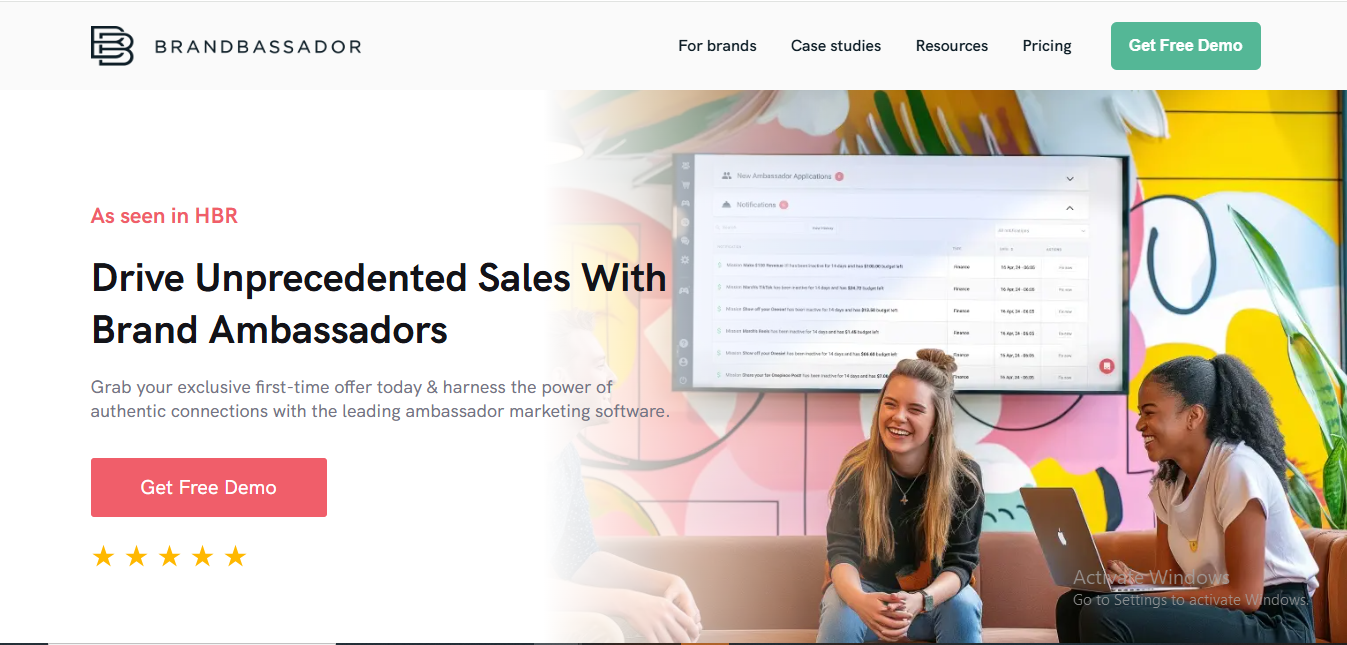
Brandbassador turns your customers into brand ambassadors. It’s perfect for e-commerce brands looking to build a community around their products.
Features I Loved:
- Mission-Based Engagement: Create tasks for ambassadors to complete.
- Gamification: Reward ambassadors with points and perks.
- Analytics: Track the performance of your ambassador program.
Pros:
- Engaging and fun for ambassadors.
- Helps build a loyal community.
Cons:
- May not be suitable for all industries.
- Requires active management to keep ambassadors engaged.
Pricing:
Custom pricing based on your brand’s needs.
23. Klear
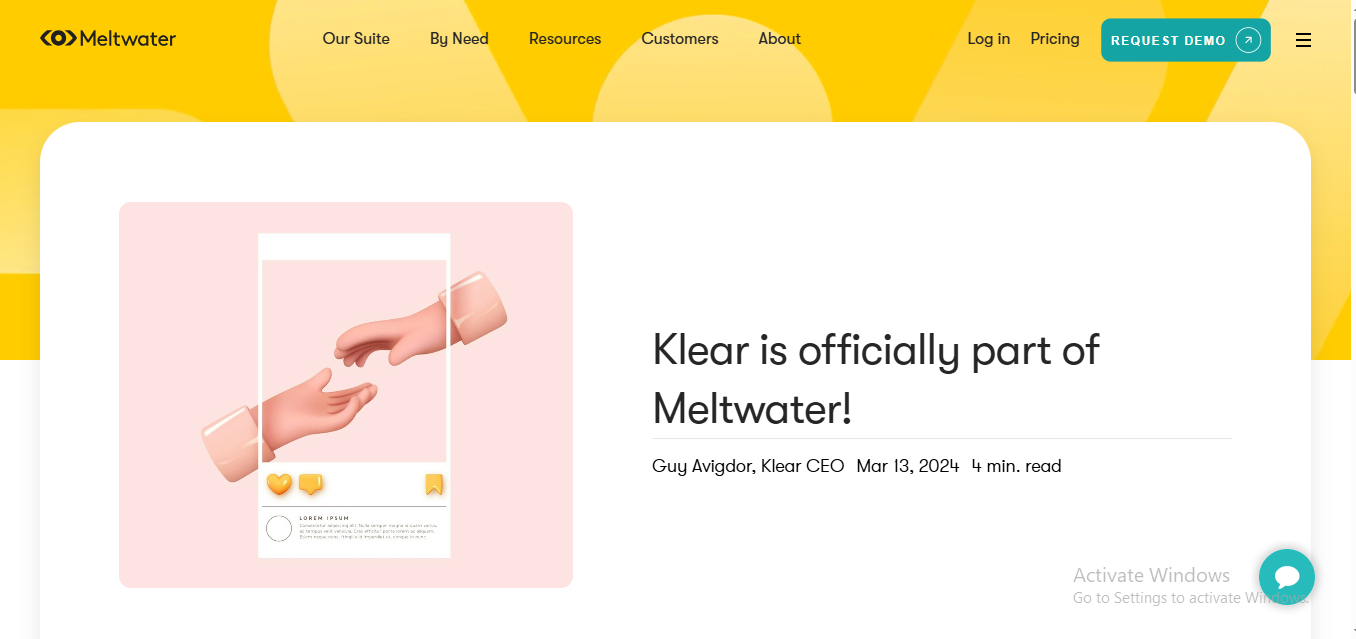
Klear is a versatile platform that’s great for brands looking to connect with influencers across various niches.
Features I Loved:
- Influencer Discovery: Search and filter influencers based on location, category, and more.
- Campaign Tracking: Monitor your campaigns in real-time.
- CRM Tools: Manage relationships with influencers efficiently.
Pros:
- Comprehensive influencer profiles.
- Easy-to-use dashboard.
Cons:
- Limited integrations compared to some competitors.
- Analytics could be more detailed.
Pricing:
Custom pricing; contact their sales team for a quote.
24. CreatorIQ

CreatorIQ is like the Rolls-Royce of influencer marketing platforms. It’s tailored for big brands and agencies aiming to scale their influencer programs globally.
Features I Loved:
- Comprehensive Creator Discovery: Find the perfect influencers with advanced search filters.
- Campaign Management: Seamlessly manage campaigns from start to finish.
- Analytics & Reporting: Dive deep into performance metrics to measure ROI.managefeed.com
Pros:
- Robust integrations with major social platforms.
- User-friendly interface.
Cons:
- Pricing can be steep for smaller businesses.
- Might be overkill if you’re just starting out.
Pricing:
Custom pricing based on your needs.
25. Popular Pays (Still the OG, but…)
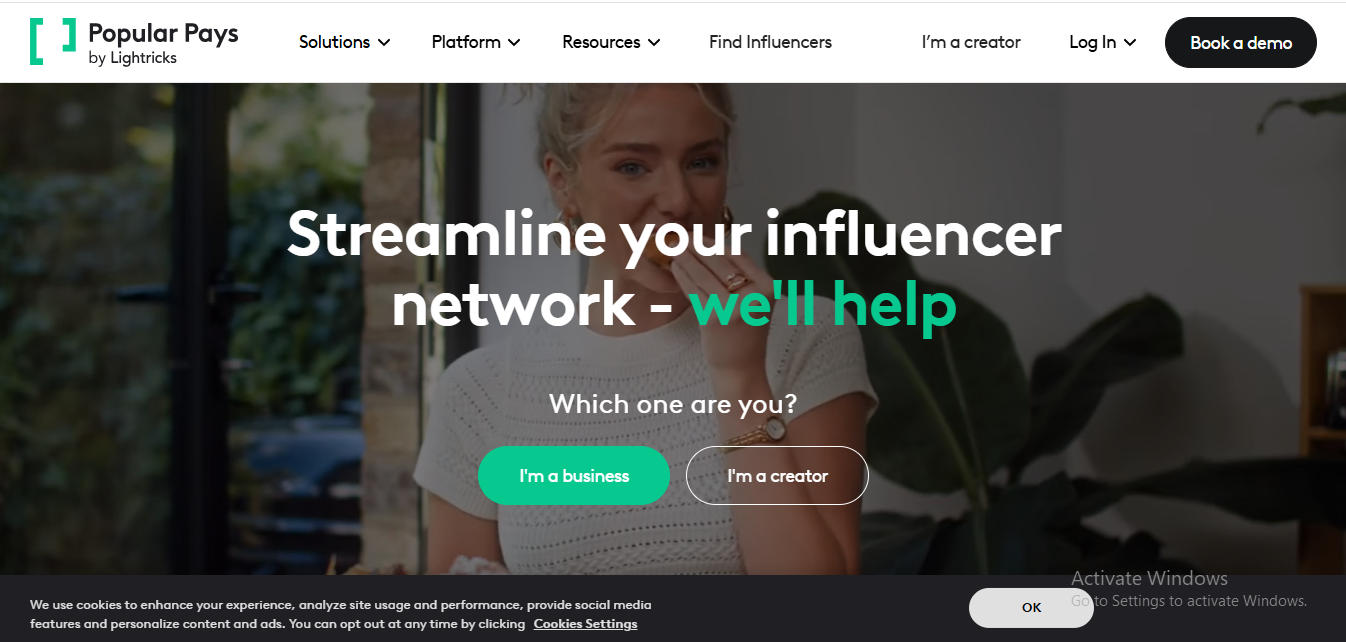
So we’re starting with the one we’re supposed to be replacing. Popular Pays is like that friend who shows up late but brings pizza — solid, but sometimes a lil inconsistent.
Pros:
- Super clean UI
- Great for managing content collabs
- Loved the creator community feature — felt like a Slack for influencers
Cons:
- On the pricier side
- Not as analytics-heavy as I’d like
- No real-time chat = sad face emoji
Pricing: Custom quote based, which = $$$ if you’re a smaller biz.
26. Traackr (Data Nerds, Assemble)
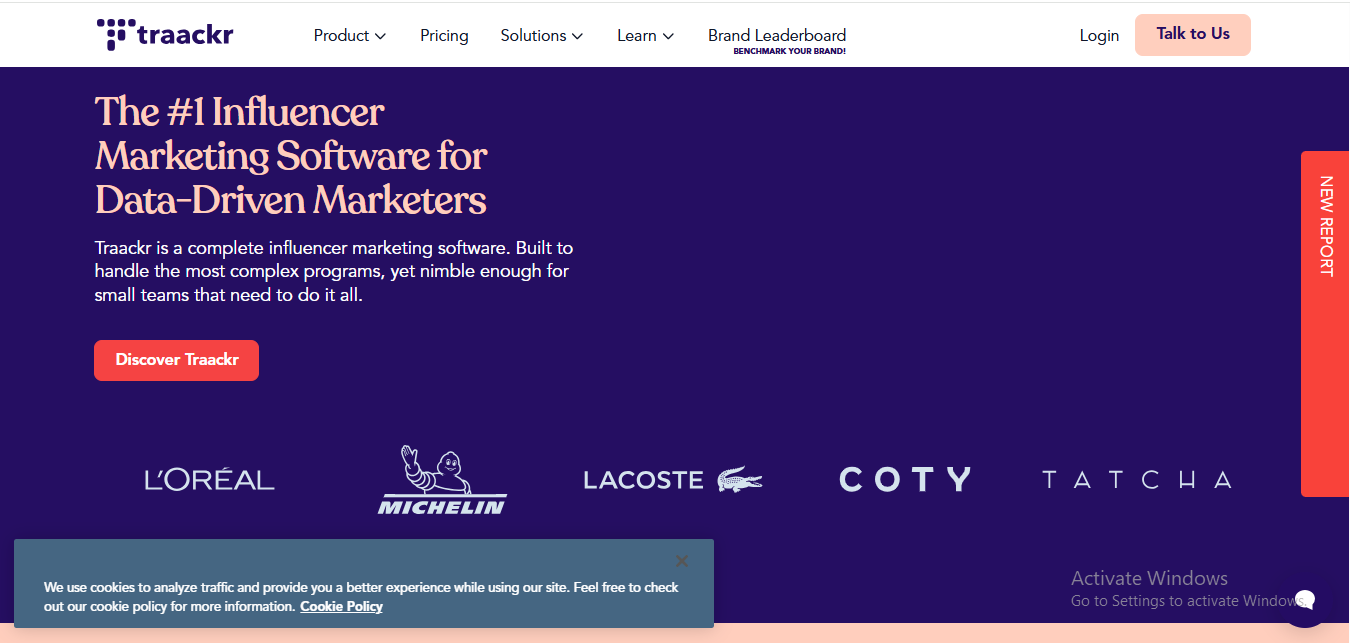
If Tony Stark made an influencer platform, it’d be Traackr. This beast is all about data-driven influencer discovery and performance tracking.
Pros:
- Next-level analytics (I’m talking ROI metrics galore)
- Amazing search filters (hello, nano + micro targeting)
- Great for enterprise-level brands
Cons:
- Not exactly plug-and-play — learning curve is real
- UI could use a 2025 glow-up
- Not creator-friendly — this one’s def more brand-centric
Pricing: Enterprise only. So yeah, if you’re bootstrapped — maybe skip.
27. Upfluence (The Crowd-Pleaser)
Upfluence is the cool kid at school who’s also secretly in AP math. Stylish and smart — love that for them.
Pros:
- Built-in influencer database = thousands of profiles
- You can integrate it with your e-comm store (Shopify fam, rejoice!)
- Campaign automation that actually works
Cons:
- Analytics are good, but not as deep as Traackr
- Pricey for smaller teams
- Customer support = hit or miss sometimes
Pricing: Starts at around $795/month. So yeah, not exactly couch-cushion money.
28. Meltwater (More Than Just PR Now)
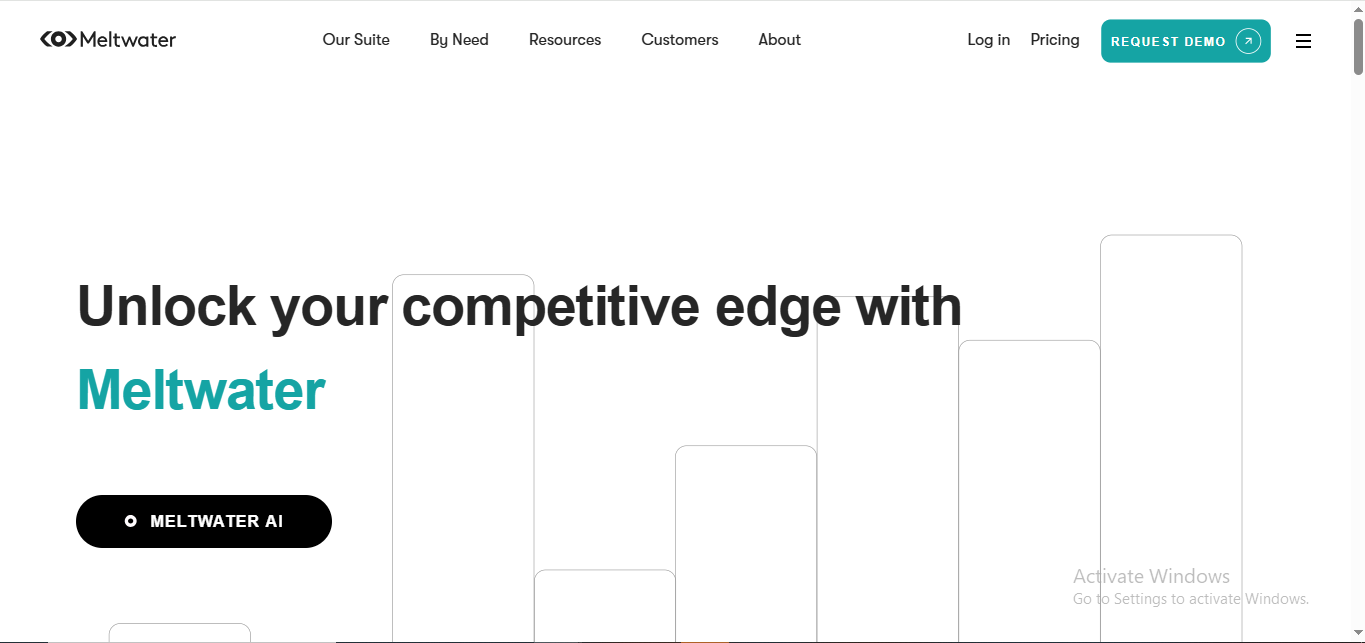
I was today years old when I realized Meltwater isn’t just a PR tool anymore. They’re going full ham on influencer marketing — and honestly? Not bad.
Pros:
- Solid brand monitoring + influencer campaign tools
- Great reporting dashboards
- Built for global brands (multi-lingual, multi-market)
Cons:
- Feature-rich but overwhelming
- You’ll def need onboarding help
- UI is a bit old school
Pricing: Starts around $4K+/year — enterprise folks, come on down.
29. The Social Cat (Underdog Energy)
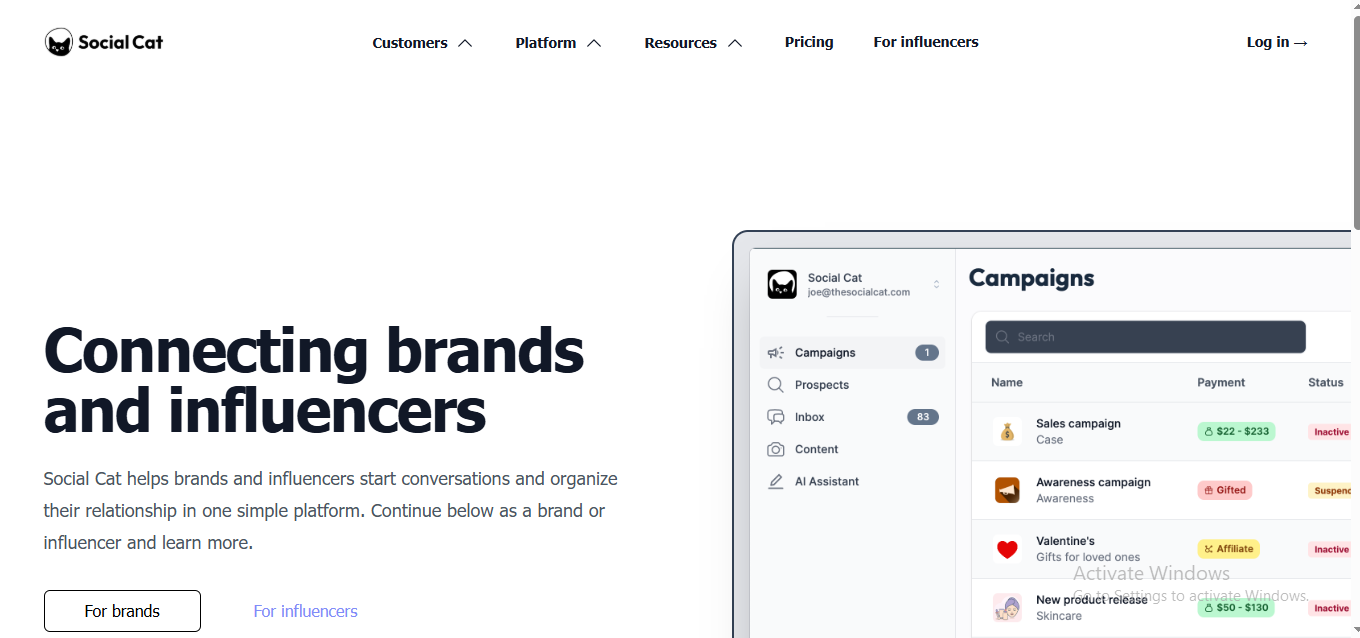
OMG this one surprised me. Social Cat is like Bumble but for brands and micro-influencers. It’s all about authentic, tiny-but-mighty creators.
Pros:
- Affordable AF
- Insanely good for small biz or indie brands
- Creators apply to you = less hunting
Cons:
- Only available in select markets (for now)
- Not ideal for enterprise/scale campaigns
- Still maturing as a platform
Pricing: Starts at around $50/month — honestly, a steal.
Wrapping It Up28
And there you have it, folks! Whether you’re a startup looking for budget-friendly options or an established brand aiming to level up, there’s an influencer platform for everyone. After reading through these, I’m sure you’ve got a better idea of what works for your goals, features, and pricing. Happy influencer hunting in 2025!
- Best Datanyze Alternatives for 2025 - April 26, 2025
- Best Coldlytics Alternatives for 2025 - April 25, 2025
- Best Brevo Alternatives for 2025 - April 25, 2025
